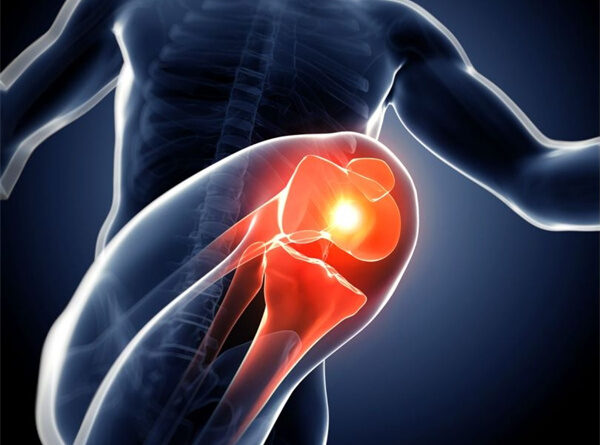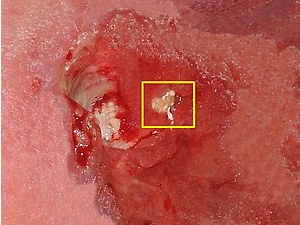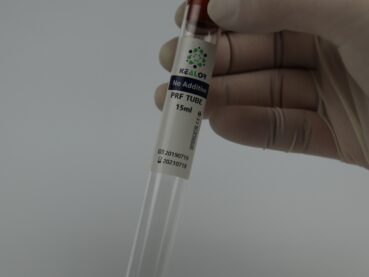Cartilage damage can be a significant source of pain and mobility limitations, affecting individuals of all ages. As medical science continues to evolve, regenerative therapies like Platelet-Rich Plasma (PRP) have emerged as promising treatments for damaged cartilage. In this article, we’ll explore how PRP therapy offers new hope for those grappling with cartilage injuries, discussing its mechanisms, benefits, and considerations.
Understanding Cartilage Damage
Cartilage is a vital connective tissue that cushions joints, allowing for smooth movement and reducing friction between bones. Injuries, overuse, and aging can lead to cartilage damage, causing pain, inflammation, and joint dysfunction.
PRP Therapy: An Overview
PRP therapy involves drawing a small amount of blood from the patient, processing it to concentrate platelets and growth factors, and then injecting the PRP solution into the targeted area. The growth factors in PRP stimulate tissue repair, reduce inflammation, and promote natural healing.
The Potential Benefits of PRP for Damaged Cartilage:
- Stimulation of Repair: PRP’s growth factors stimulate the body’s natural healing response, promoting the regeneration of damaged cartilage tissues.
- Reduction of Inflammation: PRP’s anti-inflammatory properties can help alleviate pain and discomfort associated with cartilage damage.
- Minimally Invasive: PRP therapy is a non-surgical approach that avoids the risks and extended recovery associated with invasive procedures.
- Long-Term Effects: By addressing the root cause of cartilage damage, PRP therapy can potentially yield longer-lasting benefits compared to symptomatic relief alone.
Procedure and Recovery:
- Consultation: A qualified healthcare provider will evaluate the extent of cartilage damage and determine if PRP therapy is appropriate.
- Blood Draw and Processing: A small blood sample is drawn, and the PRP is prepared through a centrifugation process.
- Injection: The PRP solution is injected directly into the damaged cartilage area under ultrasound or imaging guidance for precision.
- Recovery: Recovery time is generally short, and patients can gradually resume their regular activities.
Considerations and Consultation:
- Severity of Cartilage Damage: The success of PRP therapy depends on the extent of cartilage damage. Mild to moderate cases may respond well, while severe damage might require alternative treatments.
- Individual Response: Response to PRP therapy can vary among individuals. A qualified healthcare provider can assess the potential benefits based on your specific condition.
PRP therapy for damaged cartilage represents a promising frontier in regenerative medicine, offering a non-surgical approach to addressing joint pain and dysfunction. By leveraging the body’s natural healing mechanisms, PRP stimulates cartilage repair, reduces inflammation, and provides relief for individuals grappling with cartilage injuries. If you’re considering PRP therapy for cartilage damage, consulting with a qualified healthcare provider experienced in regenerative medicine can help you make an informed decision about the potential benefits of this innovative approach to joint health and well-being.








